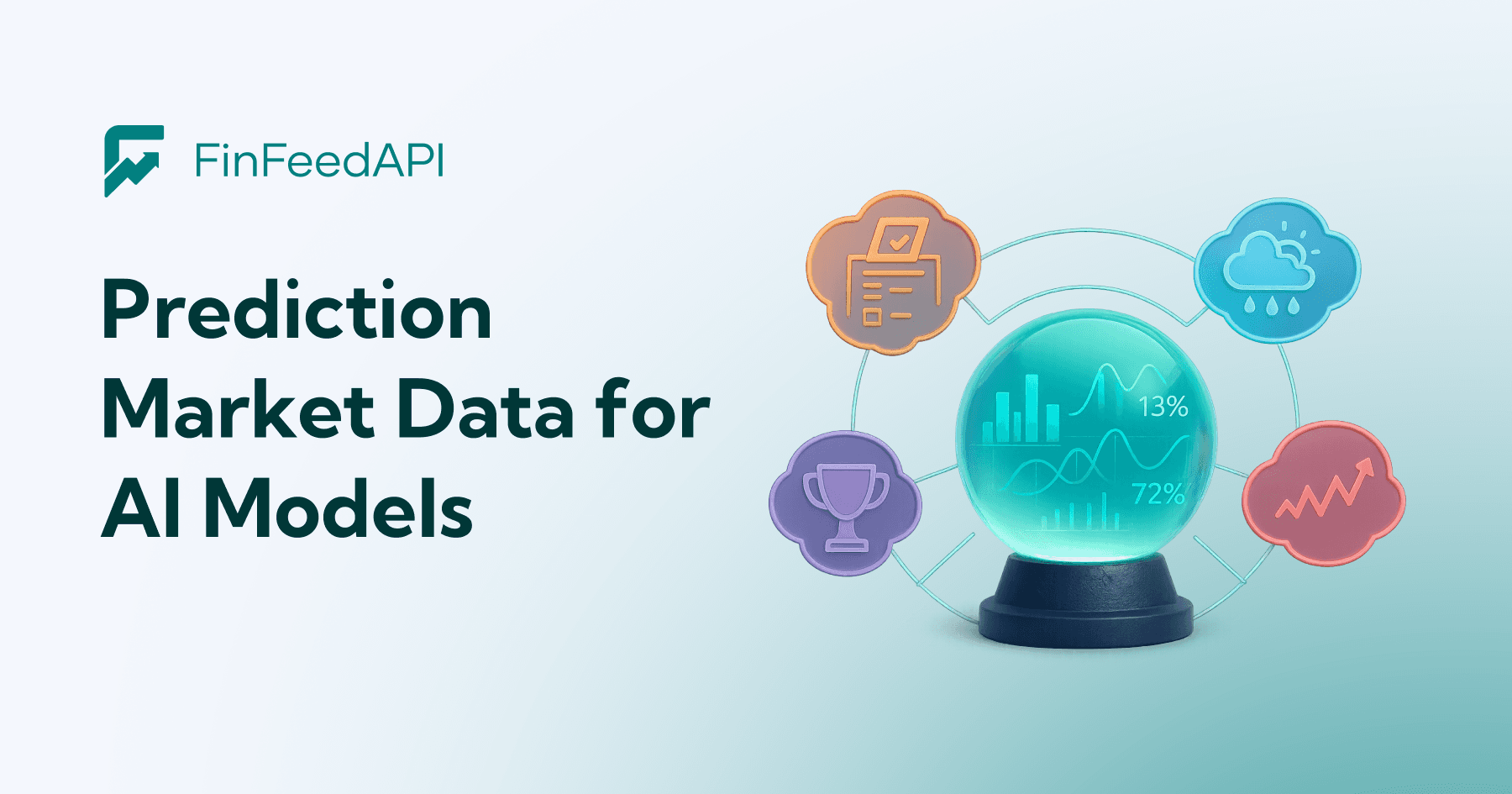Many new investors fall into the same trap: they buy a stock because the chart “looks great.” Then earnings come out, the stock collapses overnight, and they realize the trend never told the full story.
Financial analysis fails when you only look at one angle.
It succeeds when you combine fundamentals, technical data, and alternative data into a single view.
This guide breaks down the three categories — what they show, what they miss, and how smart investors use them together.
Fundamental Data: The Company’s Real Story
Fundamental data tells you how a business is actually performing. It’s the financial backbone of any long-term investment decision.
It includes:
- Revenue and profit
- Margins
- Debt levels
- Cash flow
- Financial ratios (P/E, ROE, debt-to-equity)
- Full financial statements
This data answers crucial questions:
- Is the company profitable?
- Are they burning cash?
- Can they survive a downturn?
- Are they growing sustainably?
- How do they compare to competitors?
A stock’s chart might look strong…
but if a company is spending $3 to earn $1 — like the fast-growing startup mentioned earlier — the trend won’t last. Fundamentals eventually catch up.
This is why value investors rely on fundamentals first. The numbers reveal whether a business is durable or just temporarily fashionable.
What fundamentals are best at:
Measuring real business health and long-term value.
Where they fall short:
They update slowly and can’t capture fast-changing conditions.
Technical Data: The Market’s Psychology
If fundamentals tell you what should happen, technical data shows what is happening right now.
Technical data covers:
- Price trends
- Trading volume
- Momentum indicators
- Support & resistance levels
- Pattern behavior
This category is less about business performance and more about crowd behavior.
Examples:
- Heavy buying volume can signal institutional accumulation
- Sharp price spikes can hint at upcoming news
- Trend reversals can warn that sentiment is shifting
Sometimes technical data reveals clues before the fundamentals do.
The mining company example illustrates this — terrible financials, rising stock price, and strong volume. Turned out a major buyer was quietly accumulating shares ahead of a takeover.
Technical data helps answer:
- Is smart money stepping in?
- Is the stock overheated?
- Is a trend strengthening or fading?
- Should you wait before entering?
What technicals are best at:
Timing entries, exits, and understanding market sentiment.
Where they fall short:
Short-term noise can mislead, and prices can detach from reality for long stretches.
Alternative Data: The Hidden Signals
Alternative data is everything that doesn’t appear in official financial statements but still reveals something important.
Popular examples:
- Satellite images of parking lots
- App download data
- Credit card spending
- Web traffic trends
- Mobile location data
- Social media sentiment
- Employee reviews
- Weather or event patterns
This type of data has grown massively because it can show what’s happening before the financial statements do.
During early COVID months, hedge funds tracked foot traffic using phone data. They saw which businesses were recovering long before quarterly earnings revealed it.
Alternative data answers questions like:
- Are customers actually showing up?
- Is a new product gaining traction?
- Are users abandoning a service?
- Is sentiment improving or collapsing?
What alternative data is best at:
Early signals that fundamentals haven’t yet captured.
Where it falls short:
It needs context — raw signals alone can be misleading.
How Smart Investors Combine All Three
Each data type has weaknesses:
- Fundamentals are slow
- Technicals are emotional
- Alternative data can be messy
But together, they paint a complete picture.
A simple workflow might look like:
1. Start with fundamentals
Identify strong, stable, or improving companies.
2. Use alternative data to validate the story
Is customer activity rising?
Is sentiment supportive?
Are early indicators matching the financials?
3. Use technical data for timing
Is the stock extended?
Is the trend favorable?
Is volume confirming interest?
Example — analyzing a retailer:
- Fundamentals: solid margins, clean balance sheet
- Alternative data: foot traffic rising, strong social sentiment
- Technical data: trend strong, price pulling back to support
Result: confident entry, backed by all angles.
This multi-layered approach avoids false confidence and reduces blind spots. It’s how professionals limit mistakes and stay ahead of market shifts.
Finding the Right Balance
Your weighting depends on your style:
- Long-term investors → Fundamentals first
- Short-term traders → Technicals first
- Sector specialists → Alternative data edge
- Quantitative analysts → Historical + cross-category signals
But the core principle stays the same:
No single data type gives you the full truth.
Markets reward those who blend perspectives.
Where FinFeedAPI Fits In
If your investment strategy depends on multiple data types, your tools should reflect that. FinFeedAPI is built for developers and analysts who want access to all three categories through a single, unified platform:
- Fundamental data: financial statements, ratios, company metadata
- Technical-ready data: real-time prices, intraday feeds, 15+ years of OHLCV
- Over 40+ global exchanges through one schema
- Easy integration with clean endpoints and clear documentation
Whether you're building a research dashboard, a trading bot, a portfolio tracker, or an analytics tool, having all your data in one place simplifies development and enhances accuracy.
If you're ready to work with richer, more reliable data:
Get your free FinFeedAPI key and start building smarter financial tools today.















